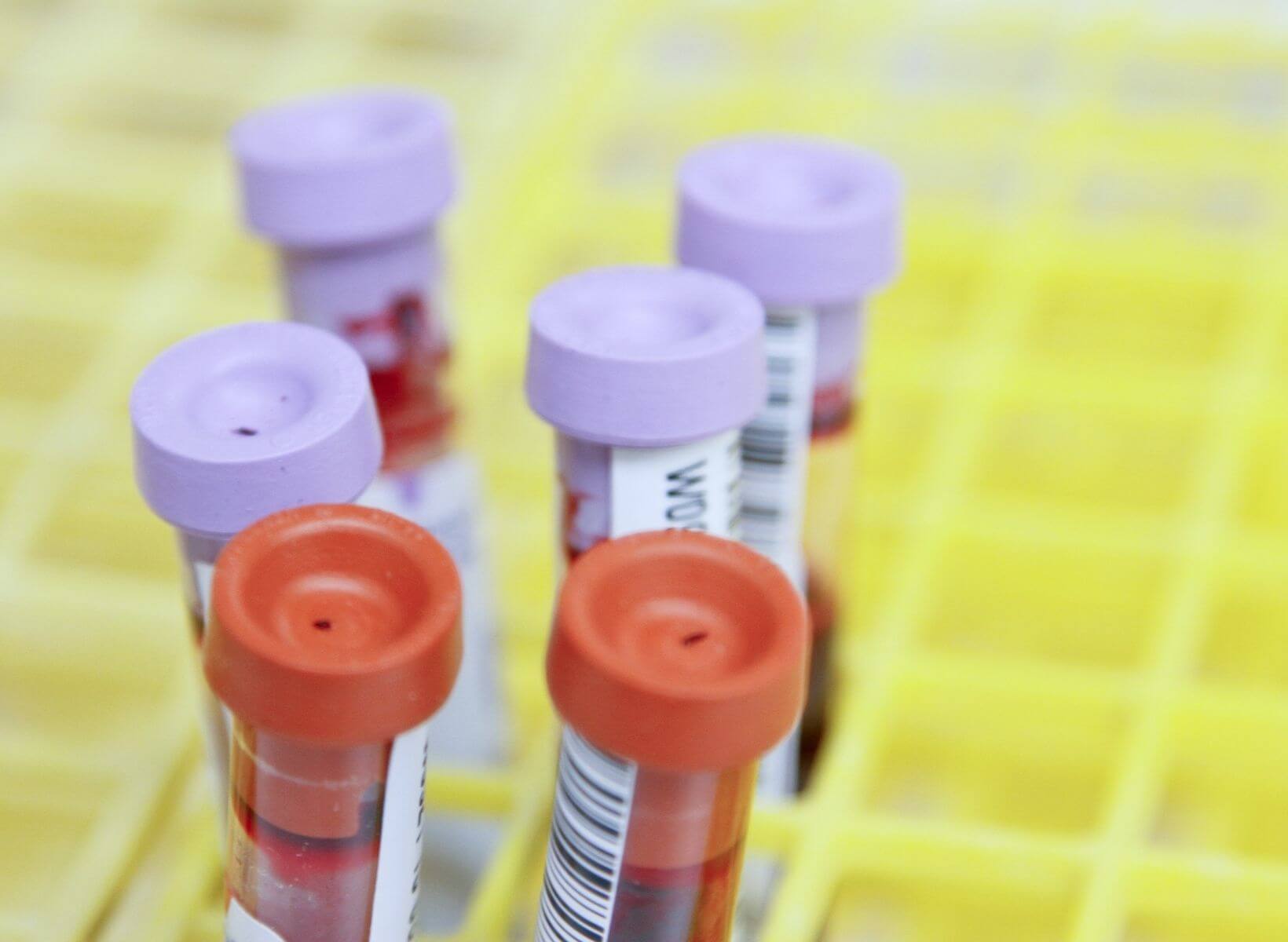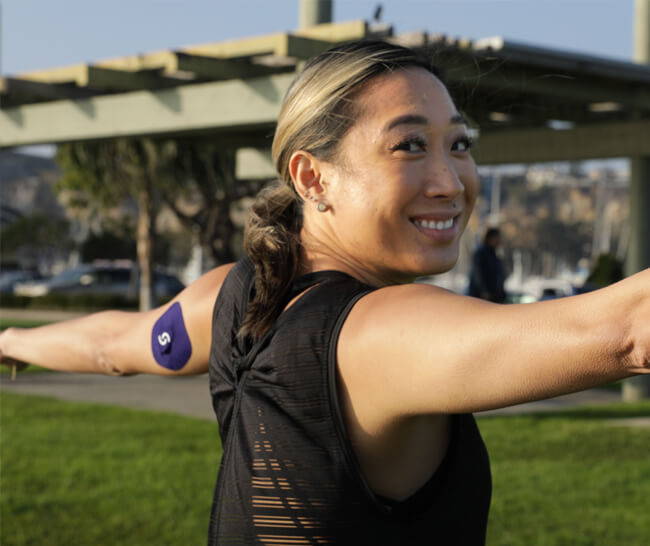Key Takeaways
- A continuous glucose monitor (CGM) is an FDA-approved medical wearable device that tracks your glucose levels.
- A CGM has three parts: a sensor that captures the glucose information, a transmitter that collects data from the sensor and sends it to a receiver, and a receiver or smartphone app that displays the data.
- Your glucose can show how your body responds to different foods, movements, stress, sleep, and more.
What Is a Continuous Glucose Monitor?
A continuous glucose monitor (CGM), is a tiny wearable device that reads the glucose levels in your interstitial fluids continuously. It is attached to your body (usually the upper arm or on the stomach) and continually monitors glucose levels via a microfilament—not to worry, it’s not uncomfortable to put on and you barely notice it’s there once applied.
The continuous glucose monitor collects and sends glucose data to an app. When a CGM sends glucose data to the Signos app, you can see first-hand the impact food, drink, exercise, stress, sleep, and more can have on weight loss and overall health. The Signos app consolidates your glucose data into a simple but powerful line graph that helps you visualize whether your movement, rest, foods, drinks, stress, and more keep you within a glucose range that’s optimal for weight loss.
How Does a Continuous Glucose Monitor Work?
The continuous glucose monitor is attached to your body, continually monitoring your glucose. Using similar enzymes as blood glucose meters, the device detects glucose in the interstitial fluid (fluid between the cells).
The continuous glucose monitor checks glucose every five to 15 minutes depending on the type of CGM and monitors blood sugar overnight.
How Long Does a Continuous Glucose Monitor Last?
Once applied, you’ll wear the continuous glucose monitor for 10 days at a time. You can place a flexible band-aid-type cover that’s soft yet durable on top of the sensor, and you’ll barely notice the CGM is there. This waterproof patch is ideal for protecting the CGM against bumping, during sports, and when exercising intensely. Keep the continuous glucose monitor on at all times, including in the shower, when getting your sweat on, and when you sleep.
The sensor can stay in place between 10 and 14 days before it needs to be replaced. The exact duration depends on the manufacturer, but you will be alerted when it’s time to replace the sensor.
Continuous Glucose Monitor Use for Diabetics
Diabetics either don't make enough insulin or the insulin isn’t as effective. This causes glucose to rise unchecked, leading to a host of serious health complications including heart disease, blindness, kidney failure, and lower-extremity amputations.
CGMs help diabetics monitor and manage their blood glucose. With a CGM, you can see trends and gain insight into the impact of meals, exercise, and illness on glucose levels. CGM wearers can be alerted when glucose spikes or drops outside of a specific range.
For diabetics, the American Diabetes Association suggests the following blood glucose targets:
- 80 to 130 mg/dL before eating
- <180 mg/dL two hours after starting a meal
Continuous glucose monitors were created initially for diabetics and pre-diabetics to better manage their health by monitoring their blood glucose. Recent discoveries linking better blood sugar management to benefits like weight loss and increased energy are helping CGMs gain mainstream adoption.
Why Would Non-Diabetics Want Continuous Glucose Data?
Recent studies reveal that non-diabetics have larger fluctuations in their glucose levels<sup>1</sup> than previously thought, and finding ways to stabilize glucose proves beneficial for health in many ways, such as:
<ul role="list"><li>Weight loss<sup>2</sup></li><li>Weight maintenance</li><li>Building muscle</li><li>Consistent energy</li><li>Optimal fueling strategy for peak athletic performance</li><li>Lower and control inflammation</li><li>High-functioning immune system</li><li>Lower risk of chronic diseases</li></ul>
As we wait for more peer-reviewed studies on the benefits of CGM use in non-diabetics, the Signos app can provide visibility into how everyday circumstances, such as quality of sleep, getting cut off on the freeway or enjoying a still-warm cookie, affect your glucose. This personalized blood glucose data can prove invaluable not only for weight loss efforts but also for a better quality of life.
<div class="pro-tip">Also Read: <ul><li>The Scientific Evidence for Using CGMs for Weight Loss</li><li> Are CGMs Accurate?</li><li>CGMs vs. Fingerstick Glucometers</li></ul></div>
What Are Normal Ranges of Glucose in the Blood for Non-Diabetics?
Glucose is sugar that’s always present in the bloodstream; your glucose level depends on how much glucose you have in your bloodstream. The amount of glucose can fall in normal, low, or high ranges depending on a variety of circumstances.
Examples of factors that can impact blood glucose:
- Type of food or drink consumed, when, and how much
- Exercise
- Stress
- Sleep
- Medications
- Age
- Dehydration
- Illness or medical conditions
- Menstruation
<hr class="read-mr">
Normal Blood Glucose Ranges for Adults (Non-Diabetics, 20+ Years Old)
- Fasting: <100 mg/dL
- Before meal: 80-130mg/dL
- 1-2 hours after eating: <140 mg/dL
Read more: Find out what normal glucose levels are for non diabetics and what to do when glucose spikes.
<hr class="read-mr">
Are There Different Types of CGMs, and How Much Do They Cost?
There are different brands of continuous glucose monitors but not necessarily different types of continuous glucose monitors. Blood glucose meters also read blood glucose but require fingerstick measures and can only read a single glucose level.
The cost of continuous glucose monitors varies by brand and where you purchase (retailer vs. manufacturer). Some insurance plans may cover all or part of the cost of a CGM for those who qualify, and you may (although not always) need a prescription or doctor’s approval before purchase. Continuous glucose monitors can cost $150–500 a month.
{{mid-cta}}
Does Signos Make a Continuous Glucose Monitor?
No, Signos does not manufacture a continuous glucose monitor; rather, it’s the receiver of the blood glucose data. The Signos app provides an immersive experience that shows you a continuous line graph of your glucose data; provides alerts when glucose spikes or dips out of your weight-loss range; allows you to track food, exercise, sleep, and hydration, and more.
More Signos Articles About Glucose & Blood Sugar
Glucose & Blood Sugar FAQs
- What Is Glucose?
- What Is Glycemic Index and Glycemic Load?
- How Does A CGM Work?
- Why Should You Track Your Glucose?
- How to Mitigate High Glucose Spikes to Avoid Fat Storage
- What Is Impaired Fasting Glucose and Why Does it Matter for Your Health?
- Why Is Your Blood Sugar Higher in the Morning?
- What Should Your Blood Sugar Be at Bedtime?
- Can You Lower Blood Sugar by Drinking Water?
- Can Stress Cause High Blood Sugar?
Lowering & Stabilizing Your Blood Sugar
- How to Exercise to Lower Blood Sugar Quickly
- How To Naturally Lower Blood Sugar Fast
- Everyday Foods That Stabilize Blood Sugar Levels
- Stable Blood Sugar: How To Reap and Keep the Benefits
- The Relationship Between Alcohol and Your Blood Sugar
Low-Glycemic Diet
- Item 1
- Item 2
- item 3

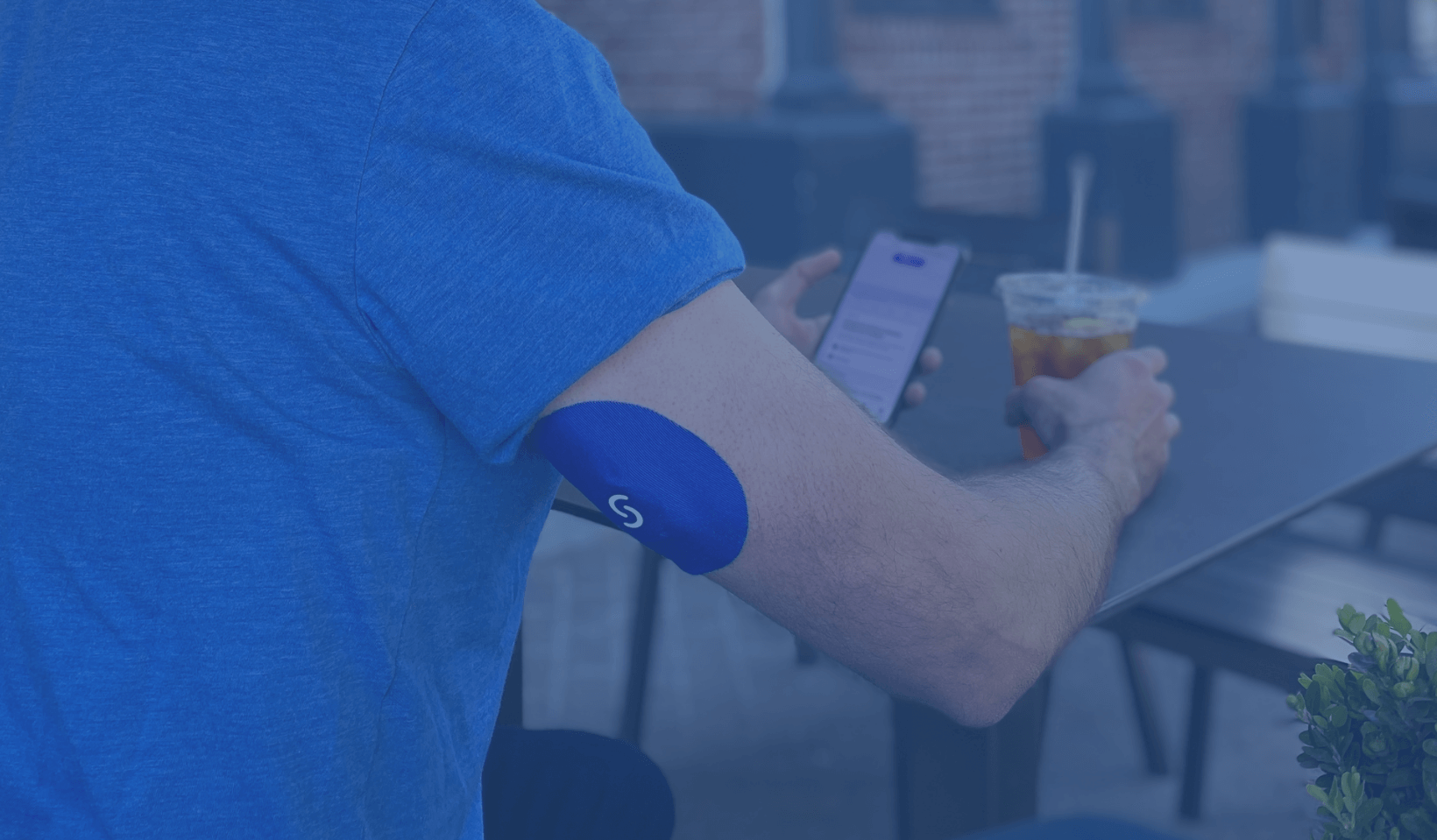


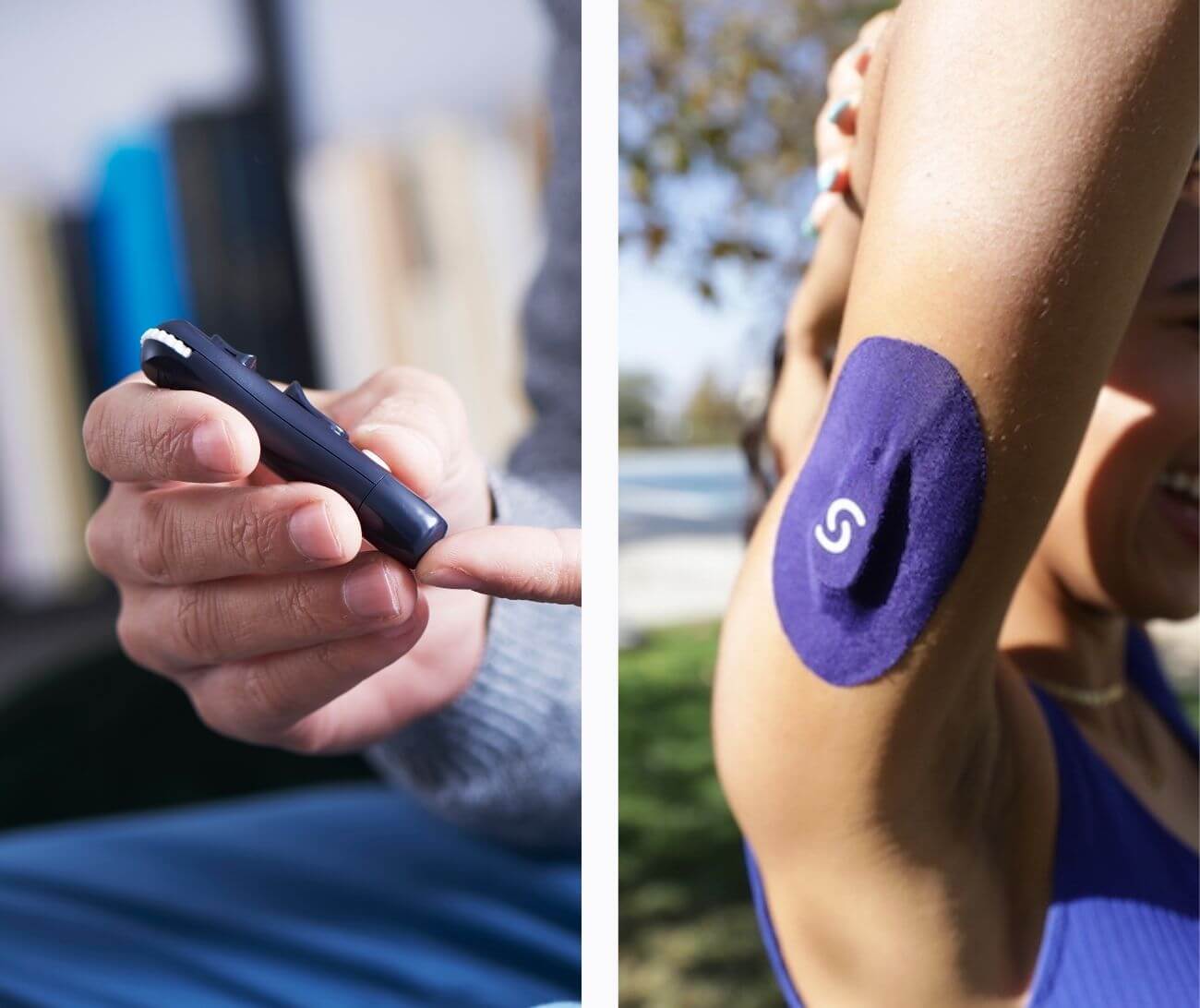
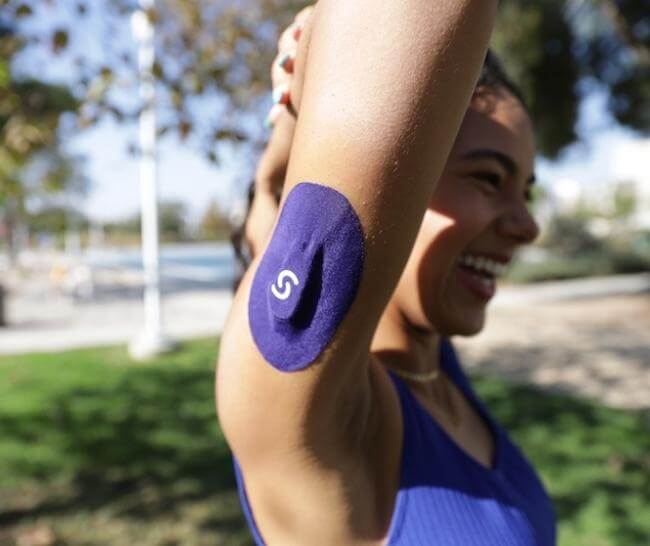

.jpg)


